130 years ago, Budapest was burning in the fever of the construction of the fourth Danube bridge. Nothing was built yet, but circles and associations were formed, committees visited the ministers and the prime minister, and fantastic plans were created for a new bridge in Budapest.
There was a bit of a problem with that, and exceptionally it was not the lack of money, which was largely available by then. Even though a government decision was made in 1891 that the following bridges should be built at Vámszedőház (Customs House) and Eskü Square, there was still a lively debate about whether these were the right places for the bridges, i.e., there was no unified position on where a bridge should be built.
Almost everyone could agree with the bridge at Vámszedőház, although some disputed that Budapest's next bridge should really be built there. Significant interest groups stood in favour of a bridge in Óbuda, a bridge to be built near the new Parliament and a bridge in Boráros Square. These interest groups held meetings, and experts wrote long analyses in trade journals and dailies about why which bridge was important. At the Eskü Square bridge, the discourse was about how much the inner city needs to be rebuilt because of the bridge, and how much of it needs to be demolished so that the bridge can be accessed by car.
.jpg)
People are looking for this imposing building today in vain, the old Pest town hall stood in the way of the Eskü Square bridge, so it was demolished. If a tunnel had been built instead of a bridge, it would not have had to be demolished (Photo: Fortepan, Budapest Archives, Reference No.: HU.BFL.XV.19.d.1.08.013)
A very interesting proposal "burst" into this process at the beginning of 1893, which would have solved all problems at once, at least according to the proponents. Baron Lamoral Braunecker, a lawyer from Budapest, and engineer Sándor Visnovszky proposed tunnels on the tracks parallel to the new bridges under discussion.
A total of four tunnels were proposed, the first between Báthory Street and Bomba (today's Batthyány) Square, the second between Városház Square and Döbrentei Square, the third between Vámház Boulevard and Fehérvári (today's Bartók Béla) Road, and the fourth between Boráros Square and Lágymányos. At Lágymányos, the end of the tunnel was given at the old oil refinery, which once stood at the corner of today's Irinyi Street - Budafoki Road.
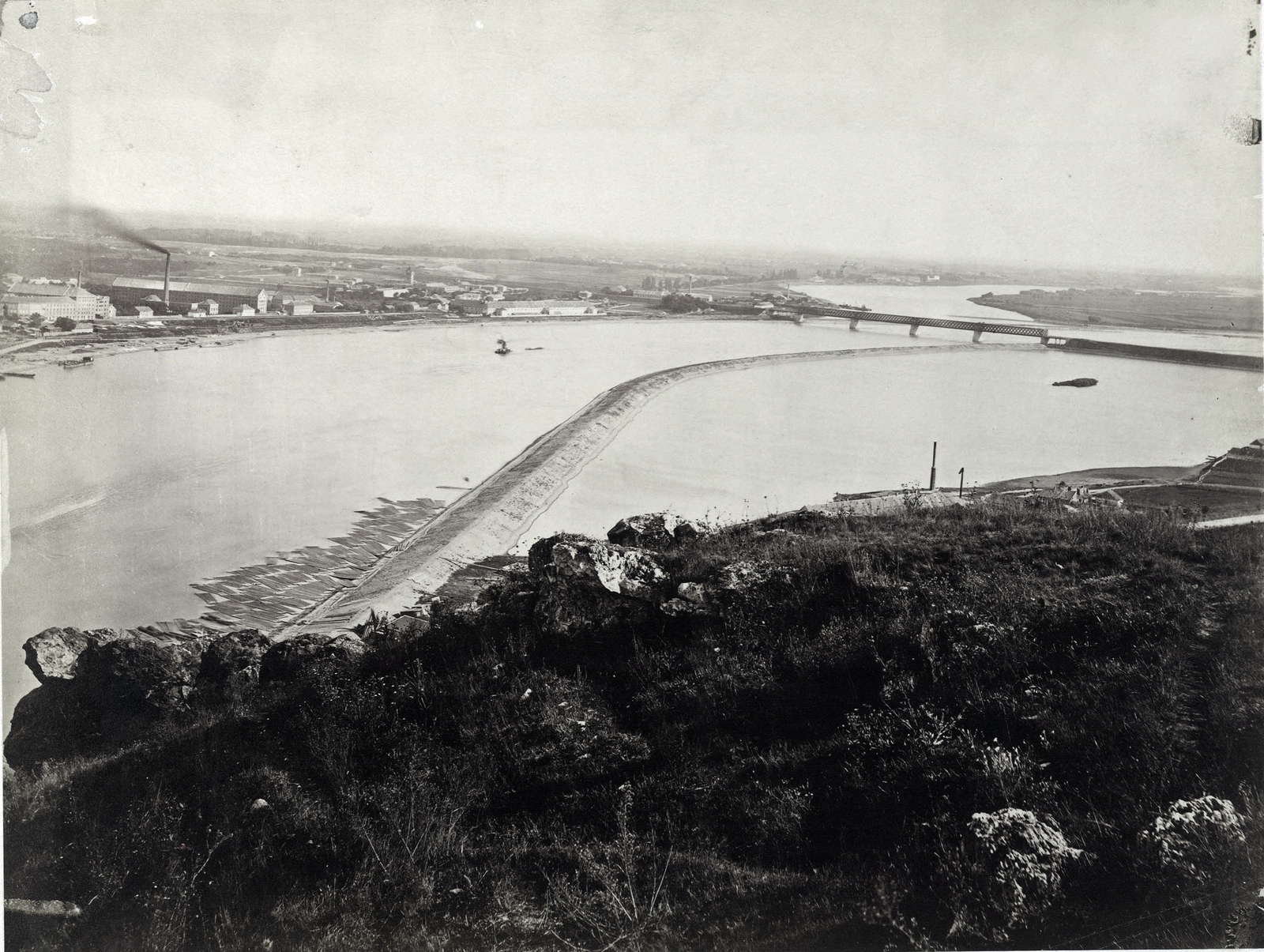
The tunnel planned at Boráros Square should have been much longer than the others since the Danube was much wider here at the end of the 19th century (Photo: Fortepan, Budapest Archives, Reference No.: HU.BFL.XV.19.d.1.06.063)
In the preliminary work permit, it was mentioned as a reason that the public interest groups compete with each other in addition to the various bridges, but these needs will not be satisfied with bridges, because the construction costs are too high, in contrast to tunnels, which cost less. Their advantage is that they do not increase the risk of flooding, there is no need to fill up the banks, and therefore no major reconstructions need to be carried out. In the proposal, they also mentioned that tunnels can be suitable for any type of vehicle, even very heavy ones and that they will last much longer than the relatively short-lived bridges, with much lower maintenance costs. In addition, the submission stated, bridges are vulnerable for military reasons, much more so than tunnels. The four tunnels would therefore solve Budapest's traffic problems in one fell swoop. At the beginning of 1893, the applicants calculated that the tunnels could be completed by 1896 and would also raise Budapest's tourist image.
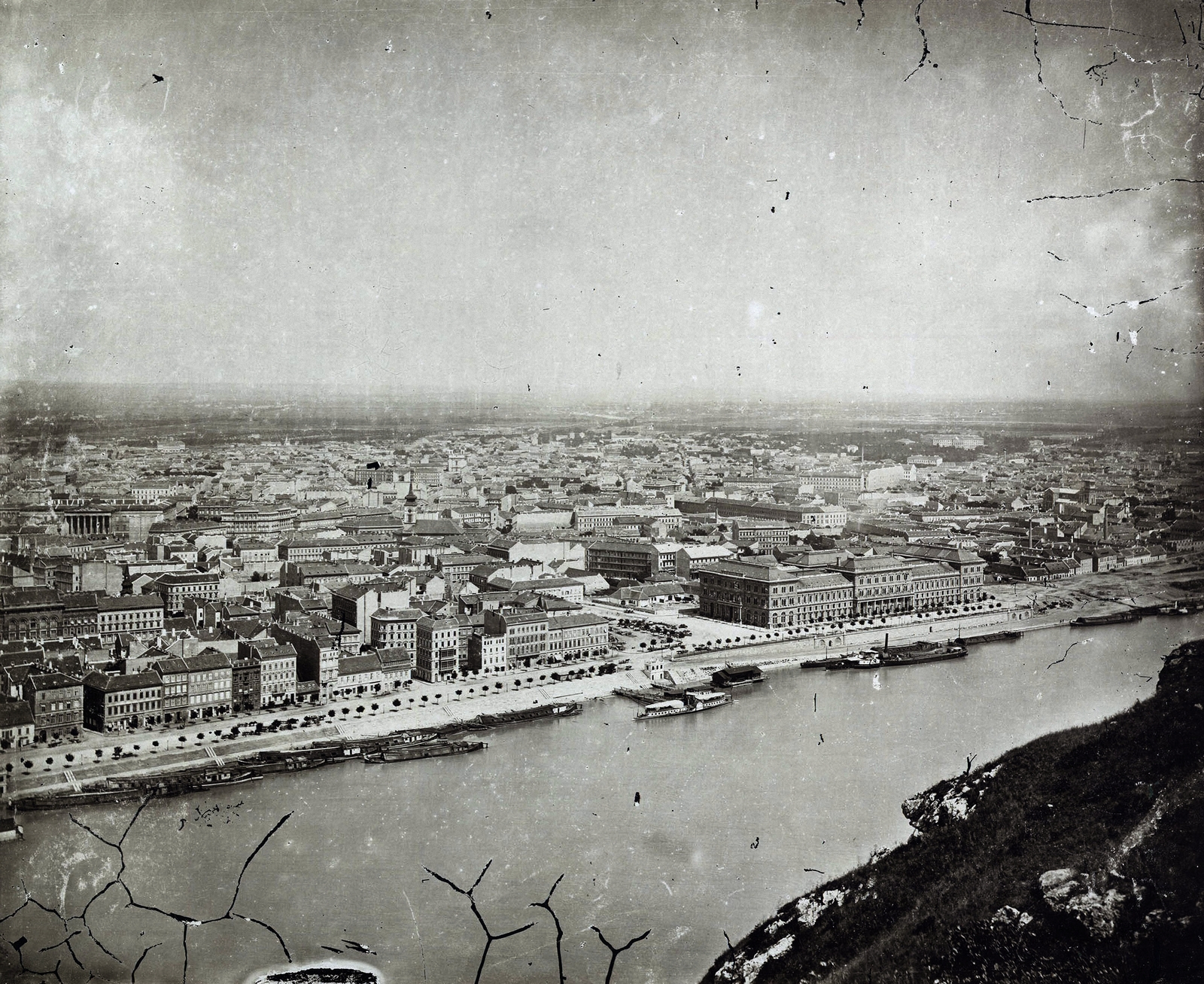
Instead of a bridge, a tunnel was also proposed between Vámház and Gellért Square (Photo: Fortepan, Budapest Archives, Reference No.: HU.BFL.XV.19.d.1.05.181)
The idea was not dismissed immediately, because, on 1 March 1893, the mayor of Budapest granted the preliminary work permit for all four tunnels for one year. At that time, the experts were already talking about the costs and construction technology, according to which the construction of the four tunnels would have cost 6-10 million HUF (the state earmarked 10 million HUF for the next two bridges), but even so, it was a lot of money, which an article from Fővárosi Lapok on 10 March 1893 explained as follows:
"These enormous costs stem from the fact that the protection against water ingress was extremely expensive against the enormous pressure of the water masses above the tunnel. To avoid these difficulties, most recently the layer of gravel above the tunnel to be built should be artificially frozen and the construction site should be surrounded by an ice shield. Using this method, which was tested in Schneidling's Archibald Mine, as well as in the construction of the dam near Königsmusterhausen, the concessionaires estimated the costs of a tunnel under the Danube at 1,200,000 HUF. The costs of expropriations, exits, stairs, decorative gates and electric lighting would cost 600,000 HUF."
The pre-construction permits were in place, but the work also required government support, as all rights to cross the Danube belonged to the government. In October 1893, Prime Minister Sándor Wekerle finally informed the concessionaires in a document that he considered the planned tunnel at the Parliament to be feasible in principle. However, not at Eskü and Vámház Square, since the tenders for the bridges were already announced at that time. Concerning Boráros Square, he left the matter pending, i.e., he neither said yes nor no.
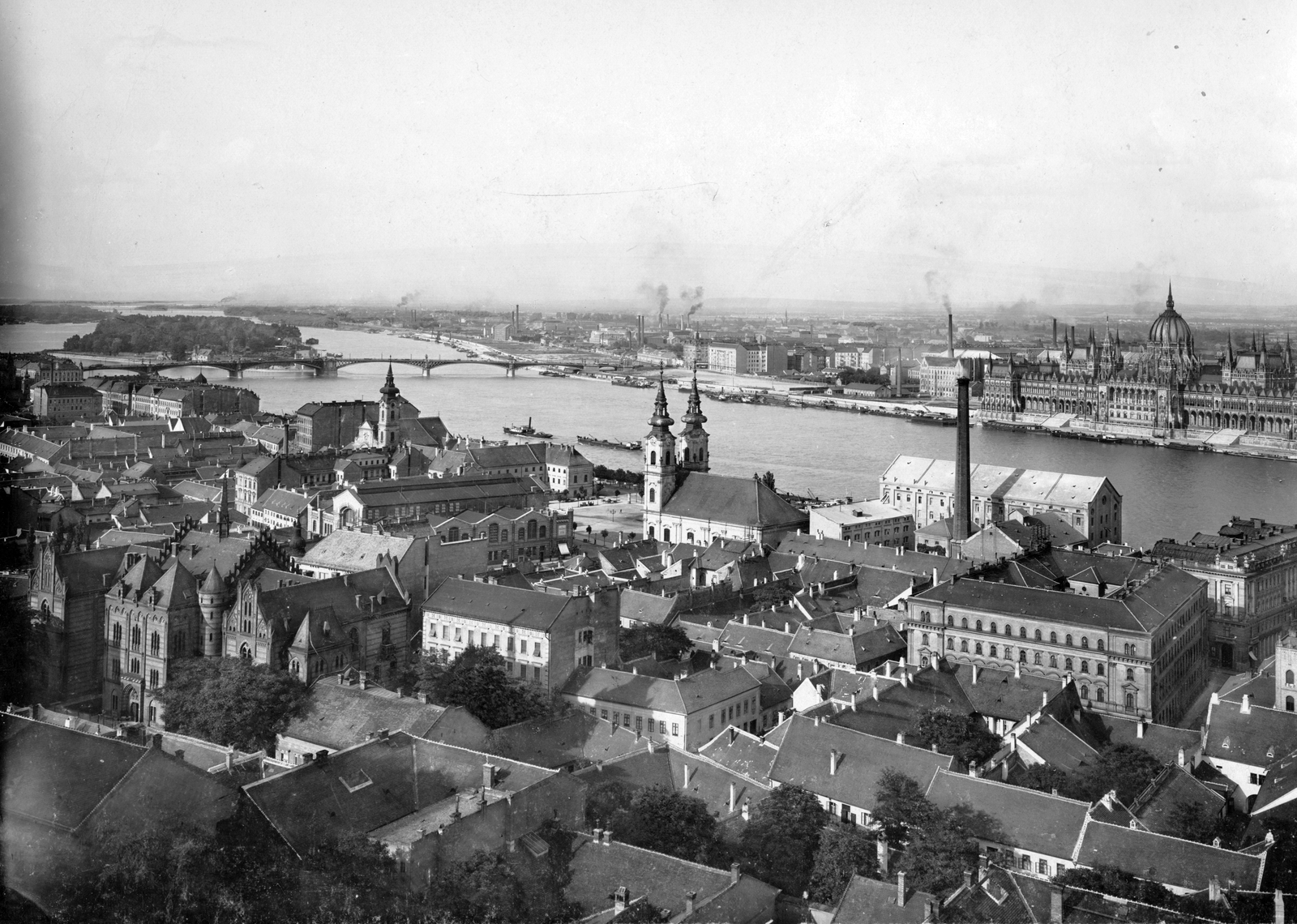
They were most serious about the idea of a tunnel built at the Parliament (Photo: Fortepan/No.: 30623)
In the following years, the proponents continuously renewed the pre-construction permits, although increasingly it was only about a single tunnel, one that would have crossed the Danube at the new Parliament. In this tunnel, however, a high-speed railway would have already passed through, because it was planned to have two levels, where the railway could have travelled on one level, and cars and pedestrians on the other.
The plan was on the agenda until 1900, after which it fell silent, although the idea of building a road tunnel near the Parliament was raised again and again until the end of the 20th century.
Cover photo: The narrow Eskü Square, where the Erzsébet Bridge bridgehead is nowadays, and where a tunnel was proposed instead of the bridge (Photo: Fortepan, Budapest Archives, Reference No.: HU.BFL.XV.19.d.1.06.038)

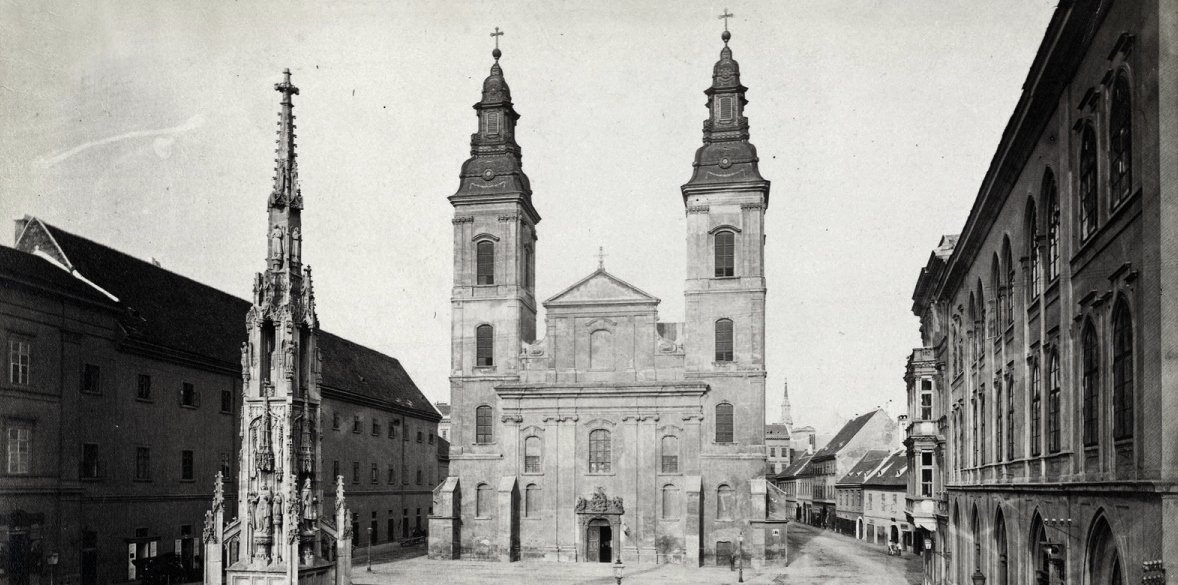

































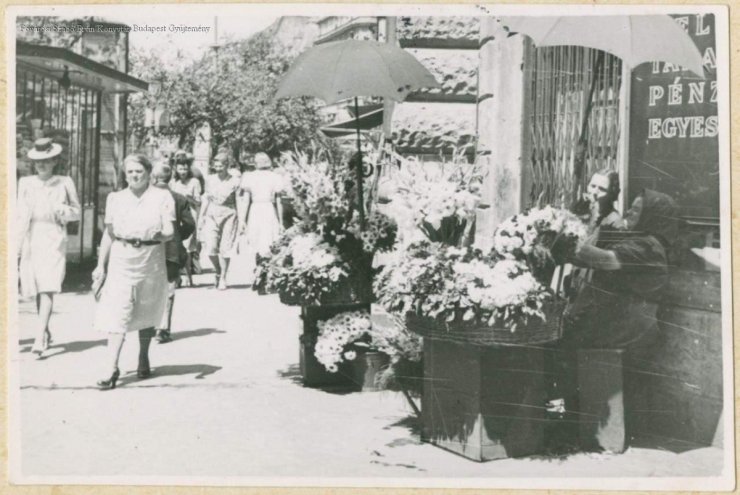
Hozzászólások
Log in or register to comment!
Login Registration